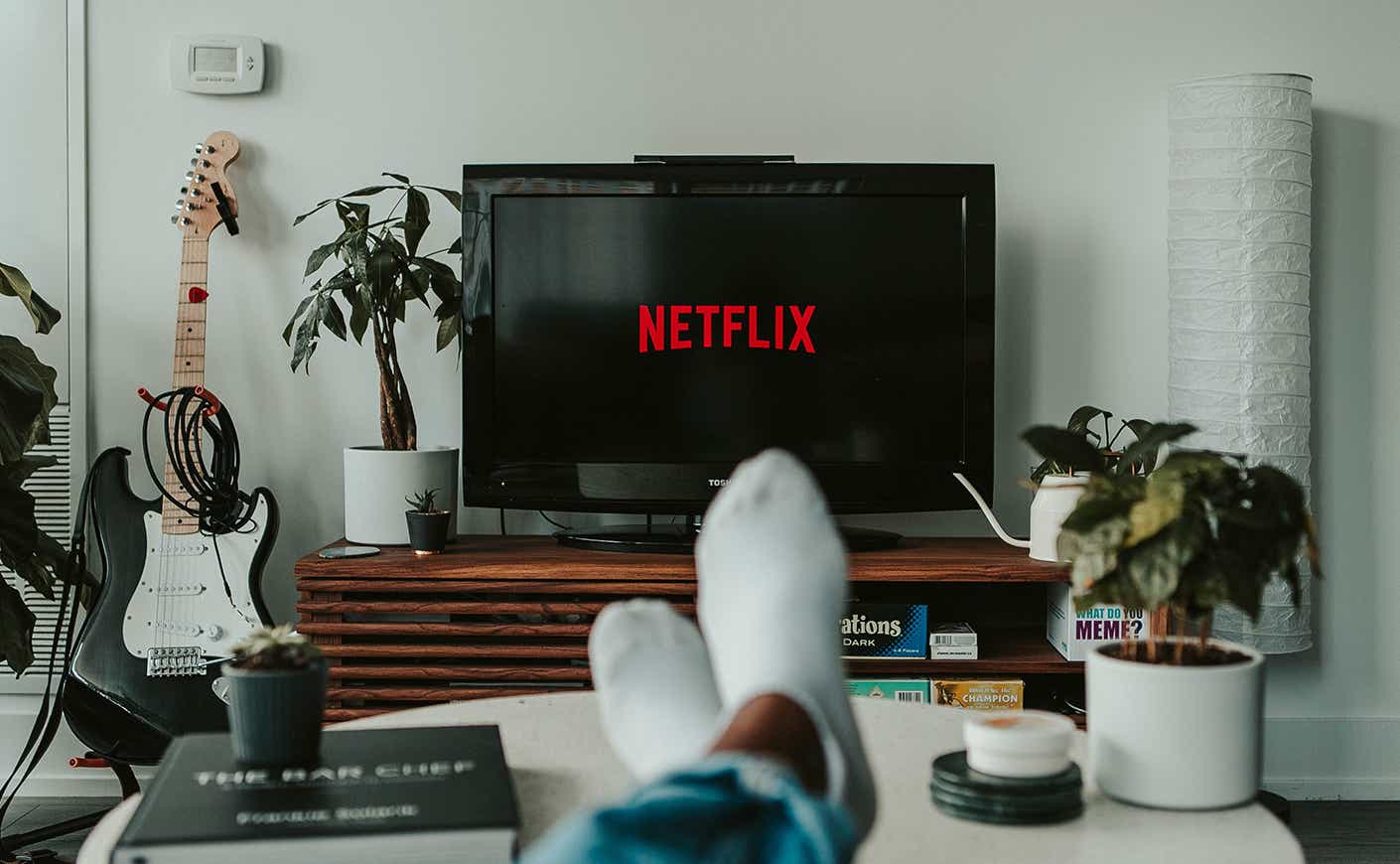
In 2016, TV viewers were treated to a flurry of new series. In 2016, the number of new scripted shows was at its highest ever. Netflix, among other streaming services, has a list of many new shows that includes everything from innovative comedy series to bold dramas.
The Best TV Shows of 2016 - Almost Half are Freshly Made
In 2018, a diverse range of voices and perspectives were brought to the screen, resulting in a variety of shows that are both compelling and edgy. More than half of this list is comprised of shows that are brand-new, and more than a quarter of them are created by women or people of color. These new shows took years to reach the screen. Others were created by writers with no previous experience in television.
The Top Ten TV Shows of 2018: 1. Stranger Things - Netflix This underrated series may not have been a massive hit, but its fans are among the most dedicated pop culture enthusiasts.

2. American Crime Story: This FX miniseries is set in the riots of the Rodney King race riots as well as the O.J. Simpson trial is a time capsule that can be rewatched, but also has an impact today because it tells a truer story than most television shows.
3. The Good Place by Mike Schur is a funny ode about forgiveness, ethics and fixing broken places. It's an impressive piece of comedy storytelling. It's a story that sounds as if it could have been a movie by Adam Sandler, but Schur turned it into an entertaining treatise on how important it is to develop your own moral code and learn to love yourself.
4. Bojack Horseman is an animated show in which humans live with anthropomorphic animal characters. The series becomes more complex every season. It's not often that a show can have both the pure joy and inventiveness of a nearly dialogue-free underwater episode and the dark horror of the season's third penultimate "Grandpa" installment.
5. American Crime Story - This FX miniseries built on a storyline that had been around for decades and took it to new heights by showing how the NSA spied on Americans while still allowing fans to enjoy the series for what it was: a deeply tense, psychologically complex political thriller. Philip Seymour Hoffman and Keri Russell gave some of the most complex and brilliant performances that have been seen in recent years.

6. The Handmaid's tale - Based off Margaret Atwood's dystopian novels, the Hulu Series is far more acclaimed than the 1990 feature movie of the same. Elisabeth Moss is at her best in this series, which explores the possible outcomes of a world in which religious extremists control the country.
FAQ
What type of advertisement is a television?
Television is a type of communication that uses images to transmit messages. It is the most widely viewed medium in the world. The annual value of the television industry exceeds $100 billion.
There are many types of television advertisements. They can be broken down into two main categories.
-
Commercials, also called TV commercials, last 30 seconds to 60 seconds.
-
Programs/Series are also called "programming". These programs typically last around 20 minutes. Some programs can be shorter.
Commercials are shown during commercial breaks, which are normally between every half hour of programming. Sometimes, they are shown even when no programming is being broadcast. This includes infomercials, pre- and post-shows, and public service announcements.
The main component of any channel is its programs. There are usually several series that air each week on most channels. Some networks air only one series per day. Some networks will air multiple series at once. Some channels specialize in airing movies, sports events, news, etc.
Advertising on television has experienced significant change since its creation. In the 1950s, television was primarily used for entertainment purposes. Television was primarily used for entertainment purposes in the 1950s. People would watch programs like I Love Lucy, Father Knows Best and Gunsmoke before going outside to play with friends. As technology progressed, so did the use of television for information. For example, if someone wanted to buy a new car, he could watch an automotive advertisement and learn what features were available in that particular model.
How does advertising influence consumer behavior
Advertisements influence consumer behavior in two main ways:
-
Advertising can lead us to associate certain things and brands with them. One example is when we see a McDonald's advert, we might think that McDonald's burgers tastes better than Burger King.
-
Advertisements show us how to behave. One example: If a commercial urges us to visit a dealership to buy a new vehicle, we will most likely do so.
What are the various styles of commercials you can see?
Three main types of commercials exist: TV Commercials and Radio Commercials.
TV Commercials are usually 30 seconds long. They are used often to promote brand awareness.
Radio Commercials are longer (usually 1 minute), and they're usually used for product advertising.
Print ads are usually shorter than 2 to 3 minutes and targeted at specific audiences.
What is a TV Spot?
A TV commercial is a brief advertisement (usually between 30-seconds) that is placed between program segments on a television network.
Most channels will run many TV spots per week. Each TV spot will typically focus on a single topic or theme. These spots are often intended to promote a company or brand.
Television commercials can not only be used to promote products and services, but they can also serve to promote political campaigns, charities, events, movies, music videos, and other charitable causes.
How do TV Ads get delivered?
Television ads are most commonly distributed via satellite, cable, IPTV, IPTV, over the-air broadcast, DVRs and VODs.
Today, there are many ways that content can be delivered to consumers. Yet, companies still have a limited number of options for how they distribute their advertising.
This is because they all use the same metrics to decide which delivery method they will use.
If you want to measure ad effectiveness via viewing time, you will need to ensure that your advertisement is available on as many platforms and devices as possible.
You will want to make sure your ads reach as many eyes as possible if you are evaluating ad effectiveness on the basis of impressions.
The problem with this is that they don't always go together.
For instance, if you're delivering an advertisement on multiple platforms, but only one platform delivers high-quality video, then you may end up getting fewer views from that particular platform.
You may miss out on opportunities if your success is measured solely by how much time you spend on it.
Advertising on TV: How effective?
A message that resonates with your target market is the most important thing an advertiser can do. Television advertising is cost-effective compared to other media such as radio and print ads. Television advertising is not always effective because too many messages are being sent simultaneously.
A study revealed that viewers only remembered two commercials when they saw them simultaneously. This shows how difficult it is to make a lasting impression with a single commercial.
Multimedia is the best way to communicate your message. For example, if you want to promote a product that helps people lose weight, advertise in magazines and newspapers as well as on television.
This will enable you to reach more people and increase awareness about the products.
Are television commercials targeted?
To target an ad, it is essential to find out what people are viewing at the same time.
To put it another way, if you want reach someone who watches football Sunday afternoons, advertise during football matches. People who watch movies on Friday nights are the best audience for your ads.
If you want to reach people when they're eating dinner, then advertise during prime-time shows.
This is the key to understanding what people do with your ads. That means having access to data about what programs they're watching.
New technologies like streaming video or DVRs make data easier to access.
Remember that everyone is unique and has different preferences. So it's impossible to predict exactly which program someone will watch next.
You should test different ads. Based on real-world feedback you will discover what works the best.
Statistics
- Video-ad views on OTT (over-the-top) devices grew 63% year over year in Q3 2016, and the trend is expected to continue, further crippling traditional TV advertising. (clearcode.cc)
- 93 percent of American adults listen to the radio over the course of the week. (marketingevolution.com)
- In fact, when the ad first launched, Dos Equis quickly became one of the fastest-growing beers, increasing its sales by over 22%. (qualitylogoproducts.com)
- Television is a great brand awareness tool - Almost every American has a television, with 83 percent of adults having two or more, and American households keep their televisions on for 8.1 hours each day on average. (marketingevolution.com)
- In fact, 76% of people completely skip the commercials while watching their programs. (qualitylogoproducts.com)
External Links
How To
What is the TV Advertising Industry?
There are many companies involved in TV advertising. Ads must be relevant and not offend viewers.
The media buying company purchases the airtime from the networks. This airtime is then sold to the advertisers. Advertisers pay for this airtime. You can buy specific timeslots or just buy the whole day.
The media buying company then sends the ad to the network once the airtime has been purchased. The network then broadcasts the ad during its broadcast time.
If the viewer watches the ad, they may click on the link which takes them to the advertiser's website. The advertiser then pays the media buying agency again if the viewer clicks on the link.
This process continues until the advert is finished. After the advertisement has ended, the media buying firm collects the money and passes it on to the network.
Advertising agencies design the ads and forward them to the media buying agency. They manage the creative aspect of the campaign.
They also manage the creative side and liaise with the client about the content of the ad. They also manage the production of the ad and liaise with the clients about the budget.
They manage the entire campaign as well as keep track of it all.